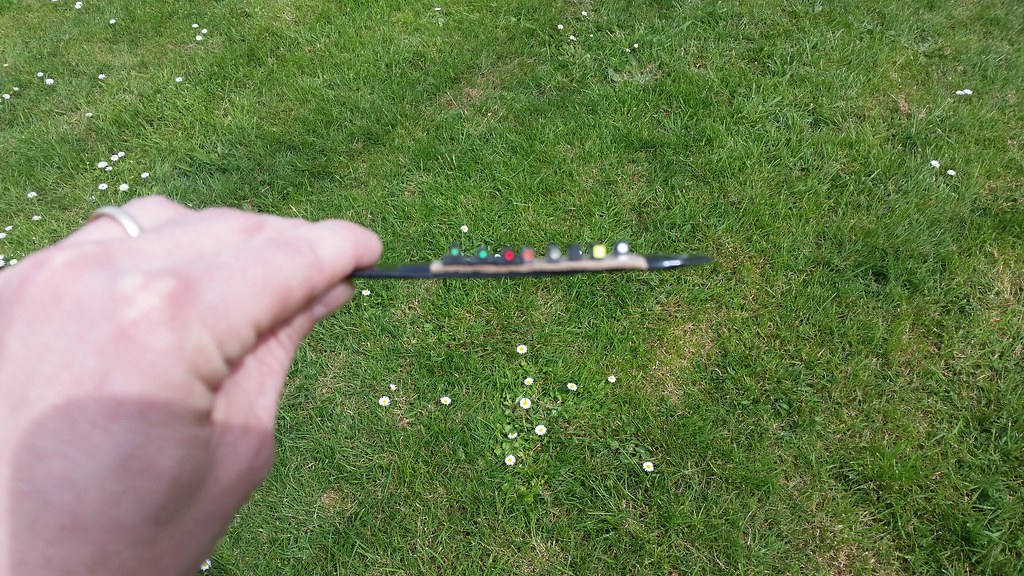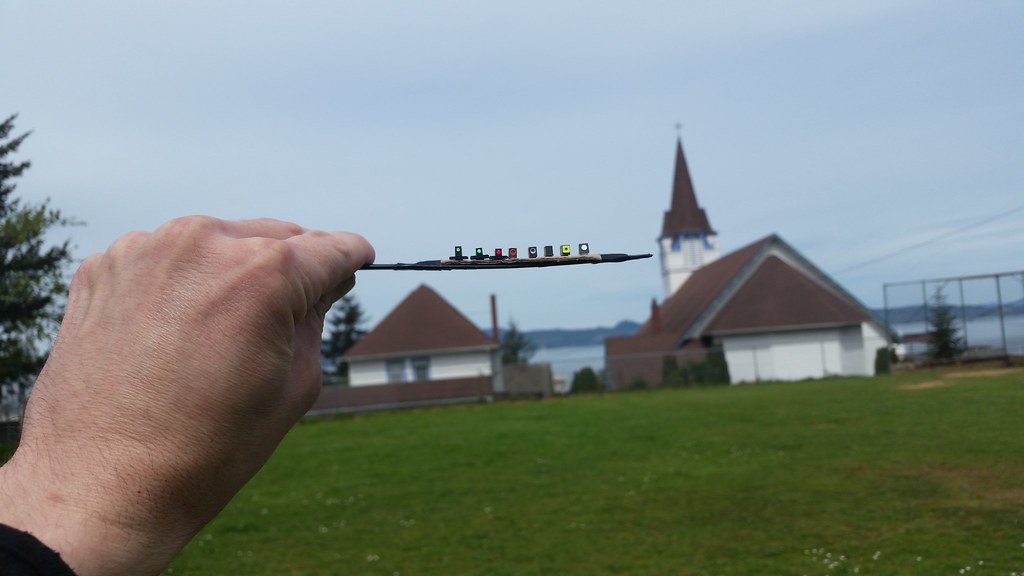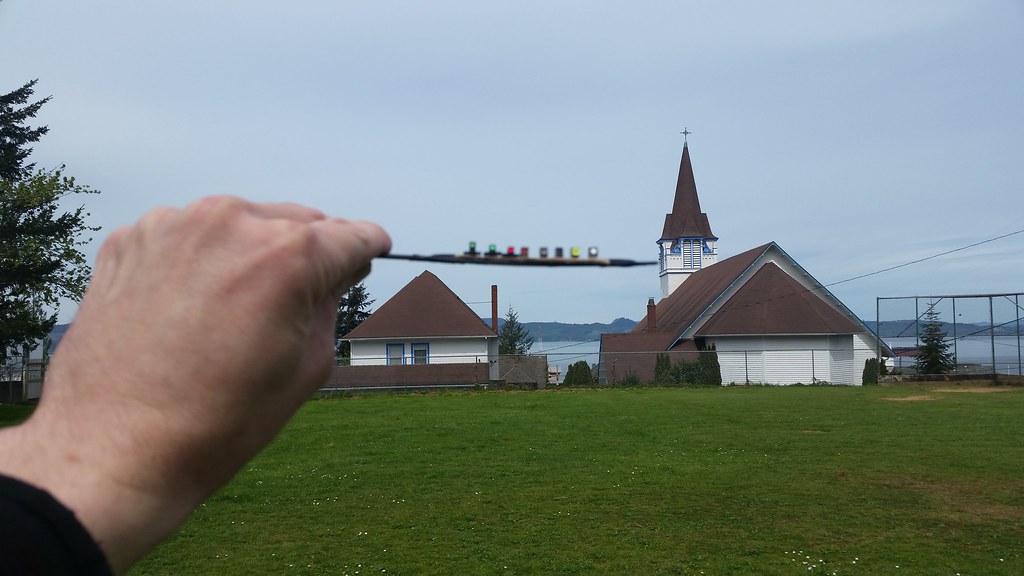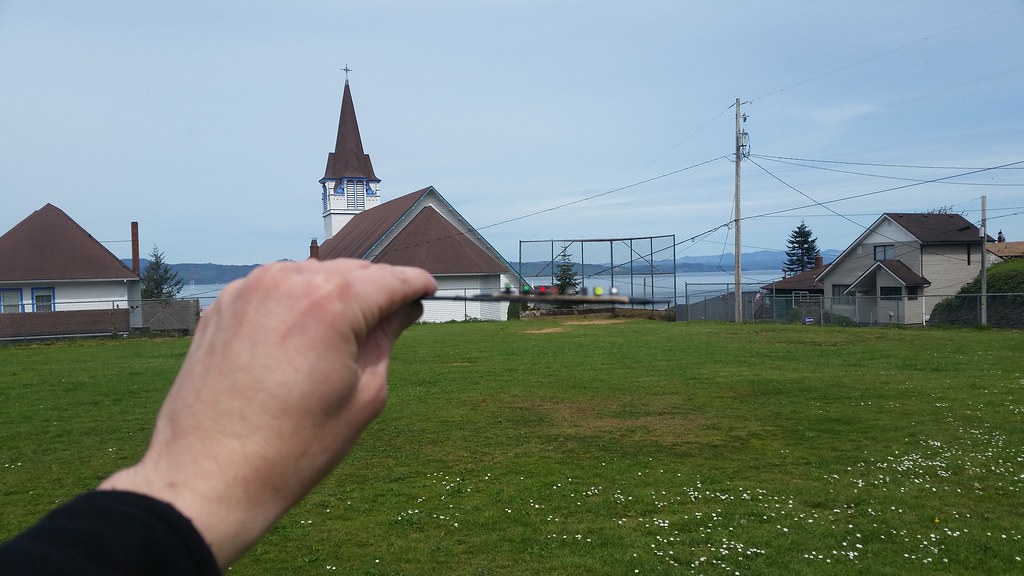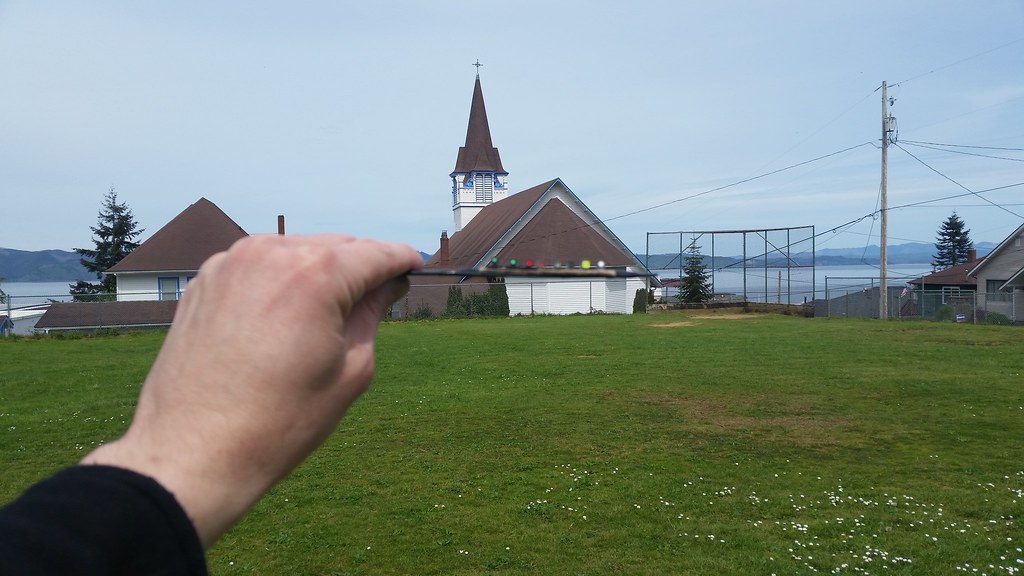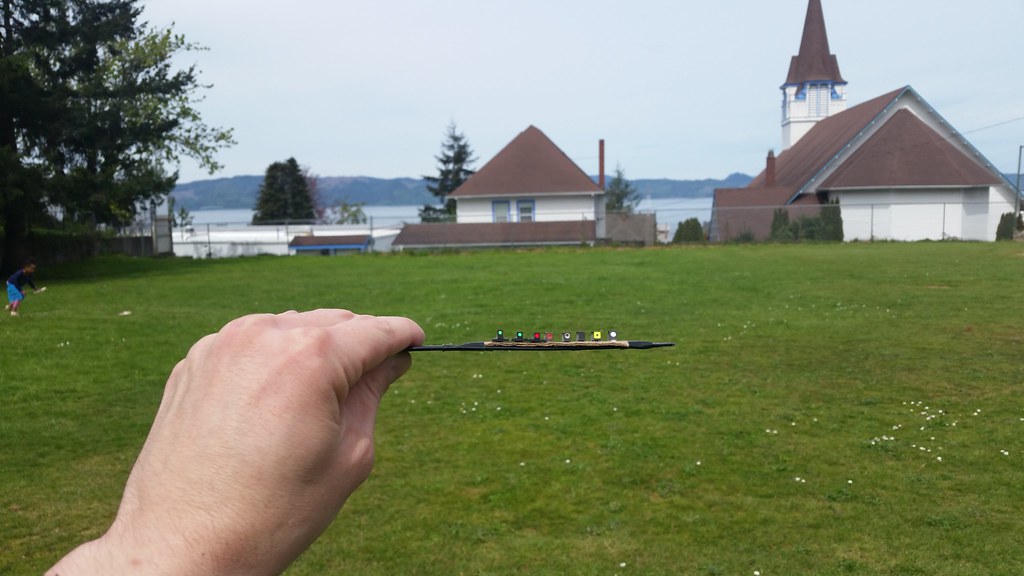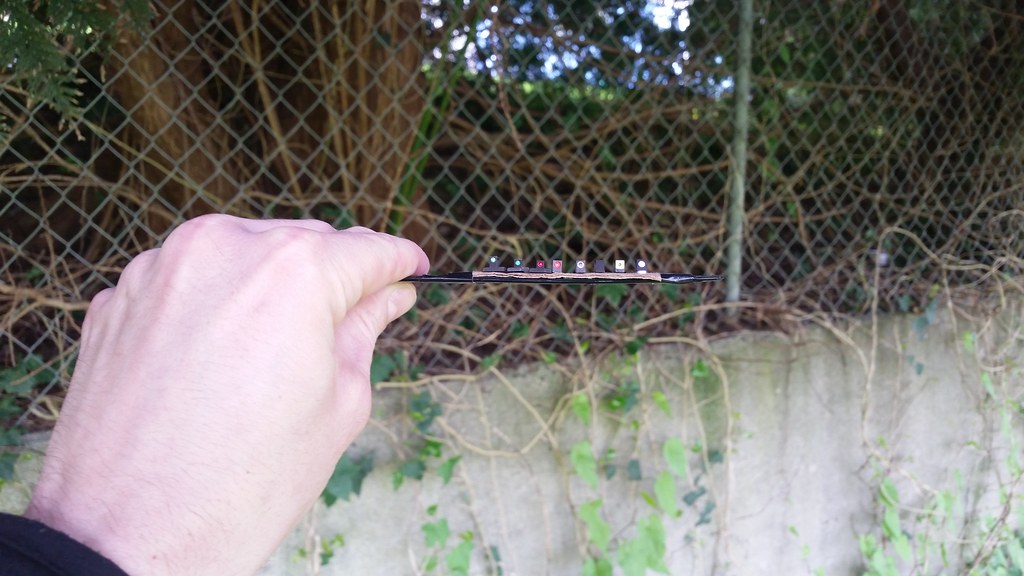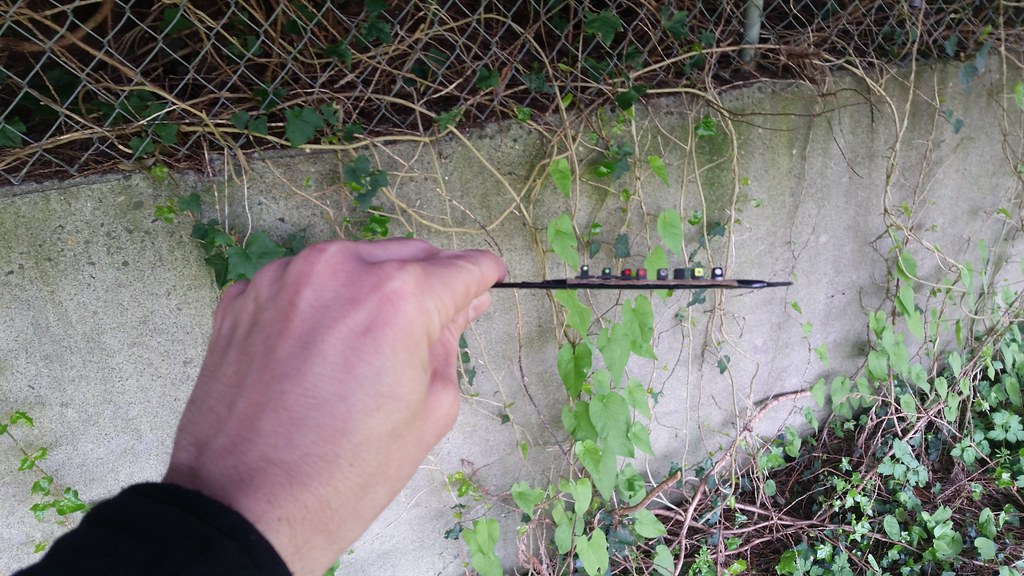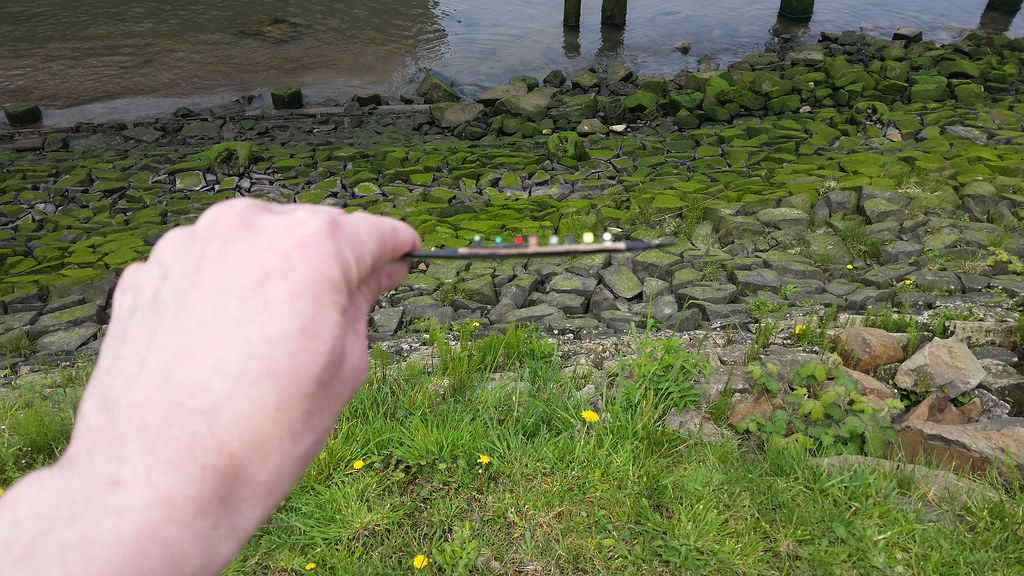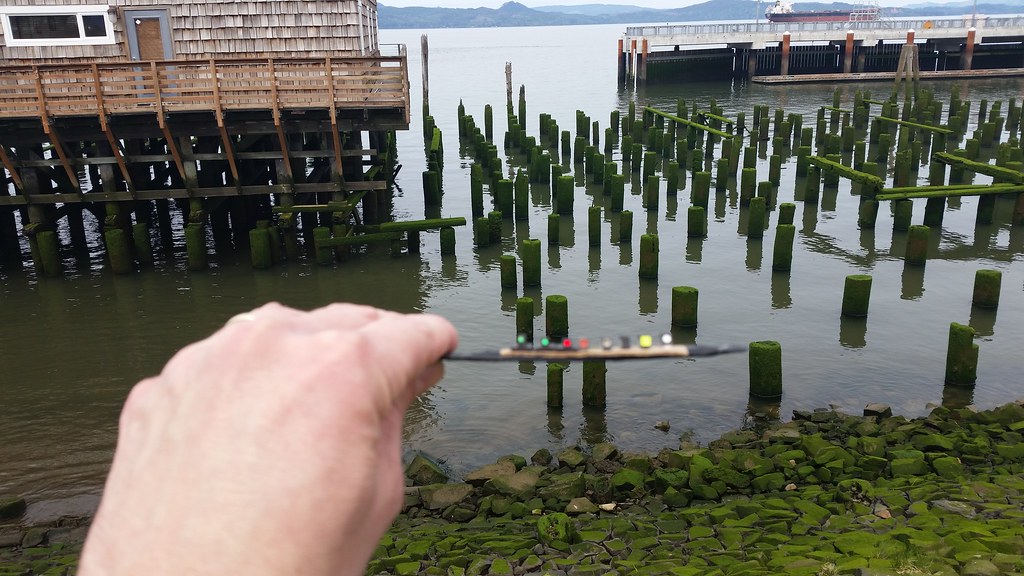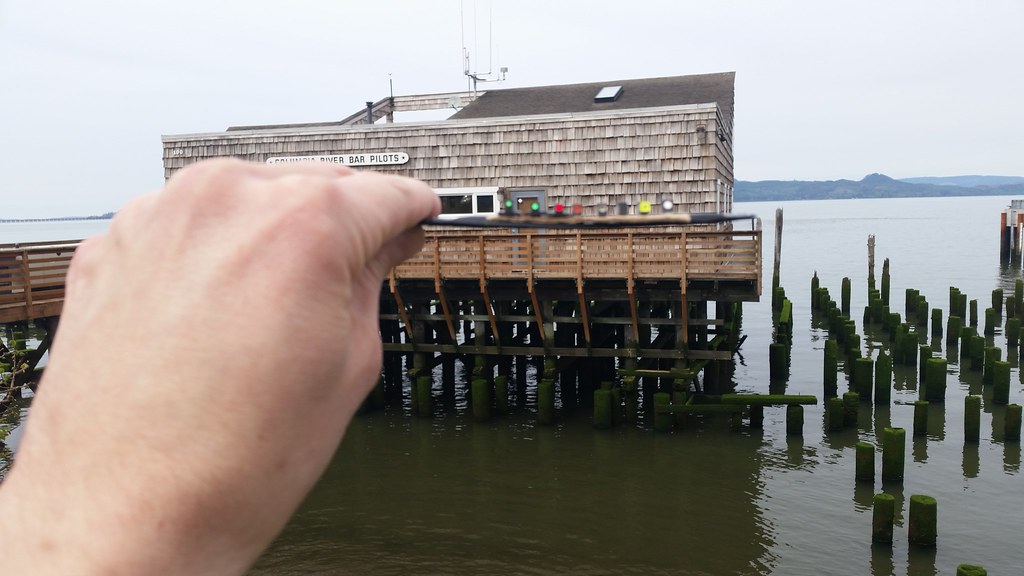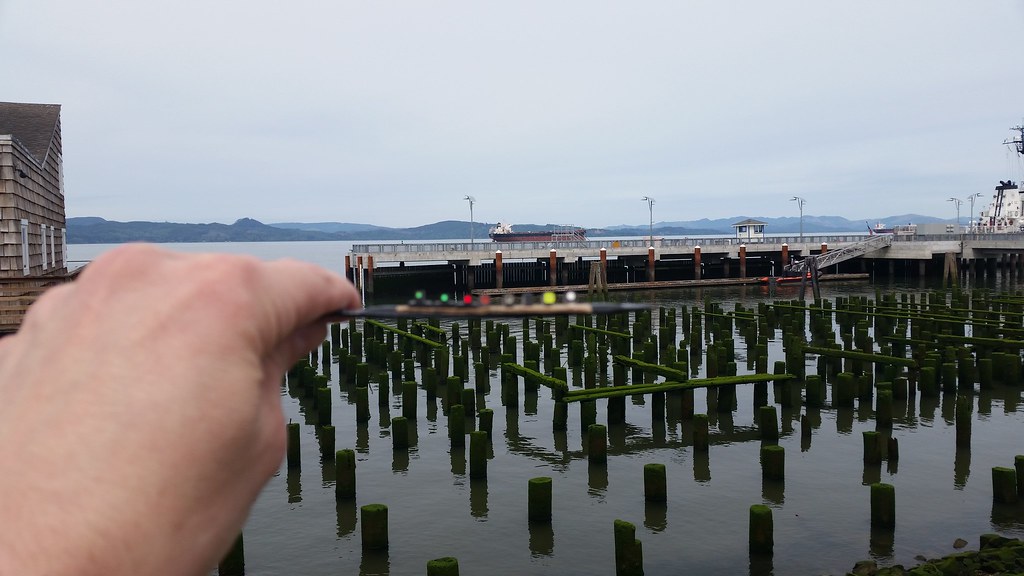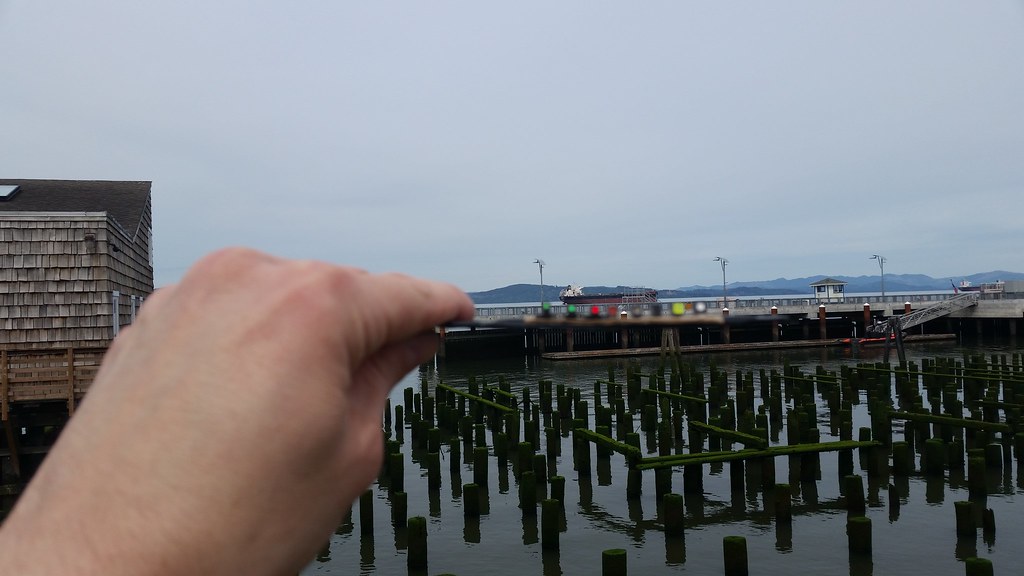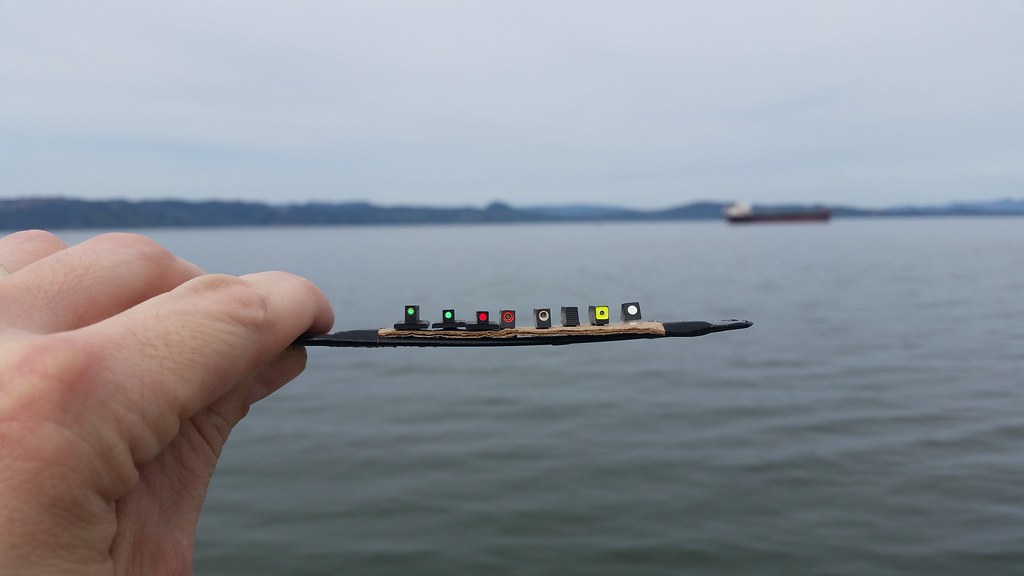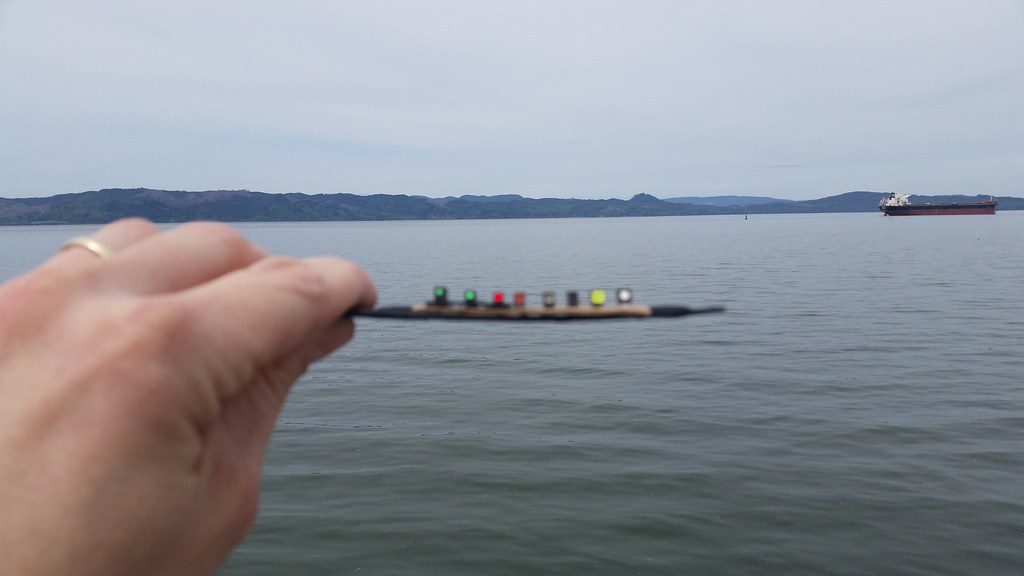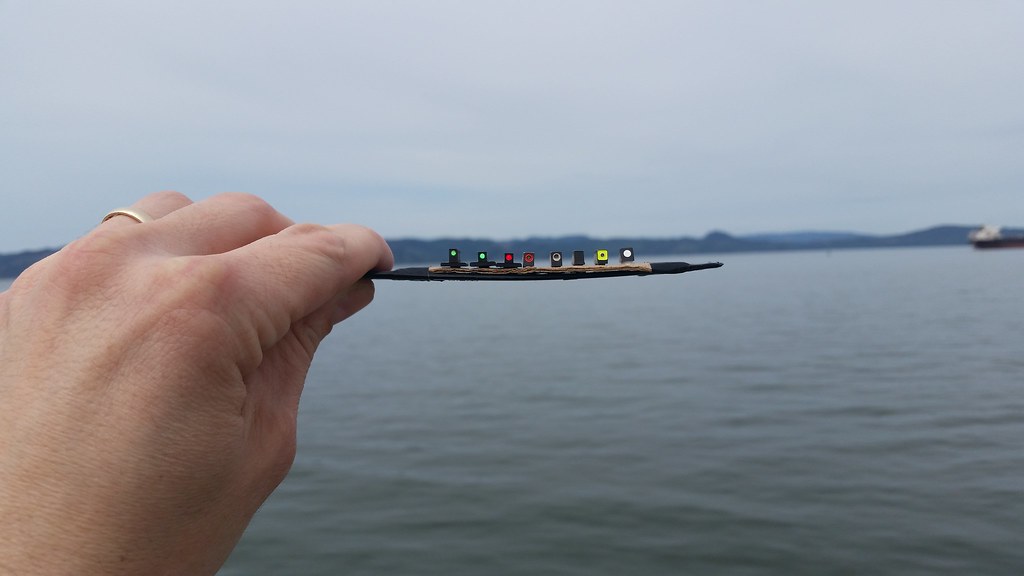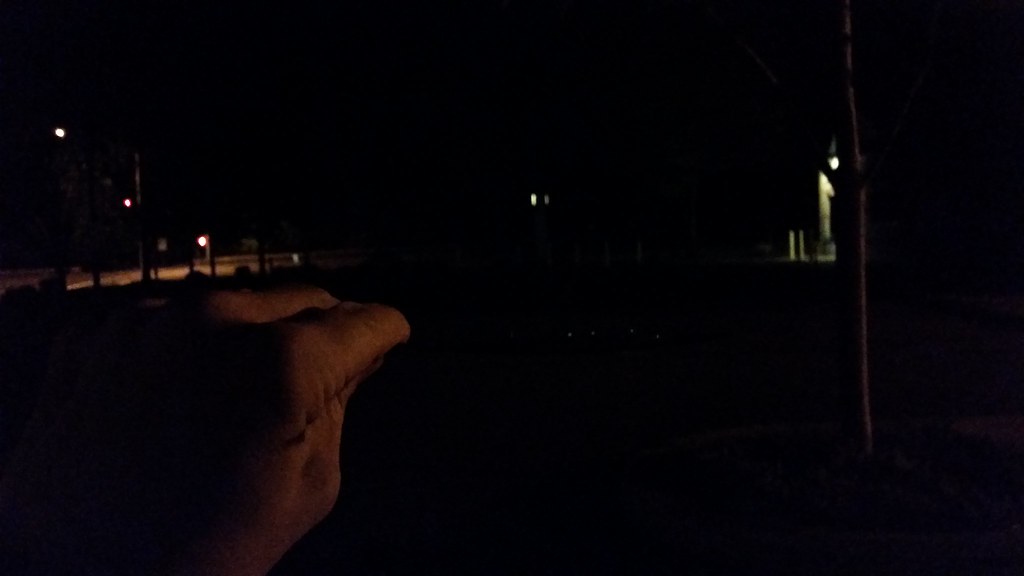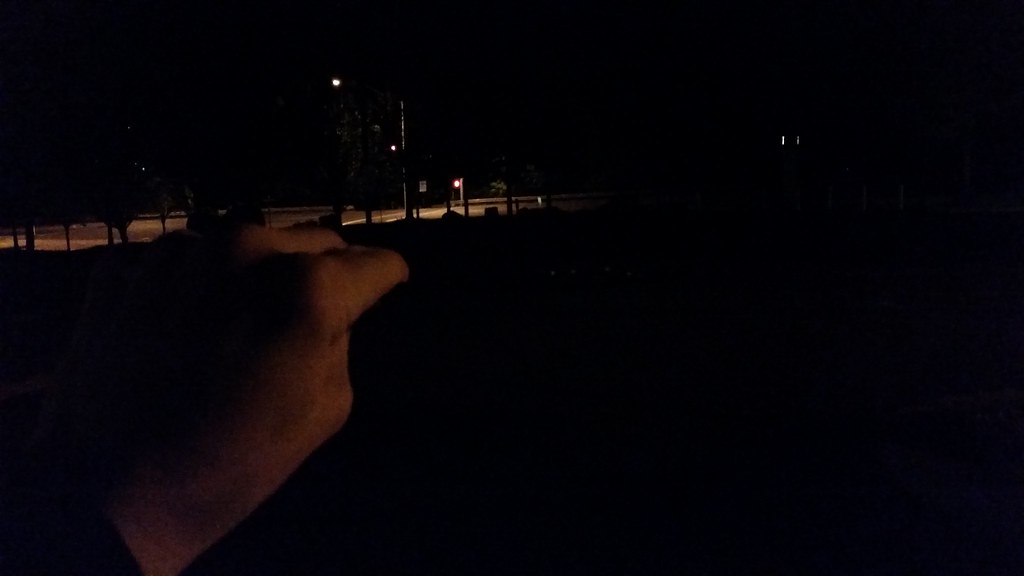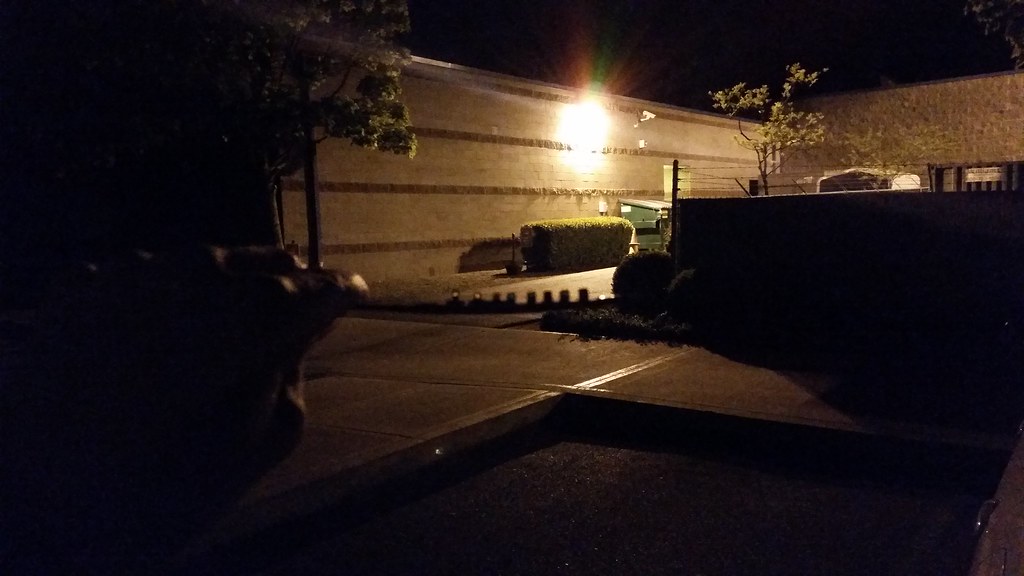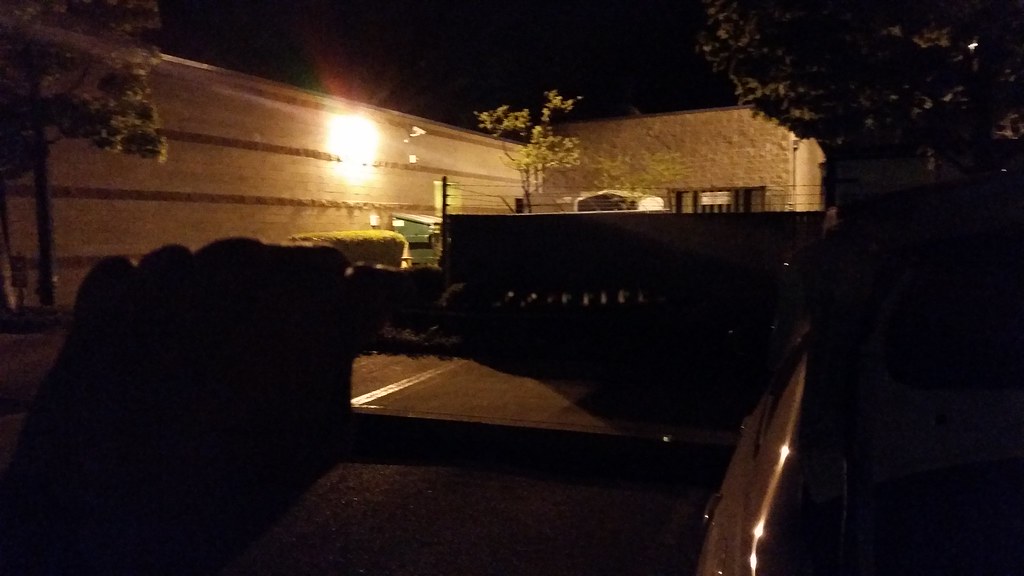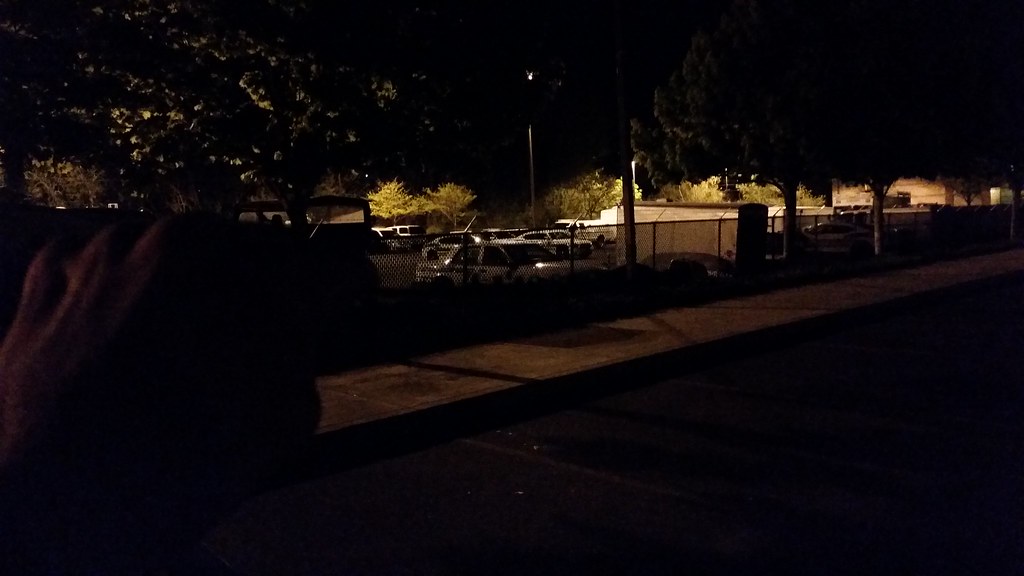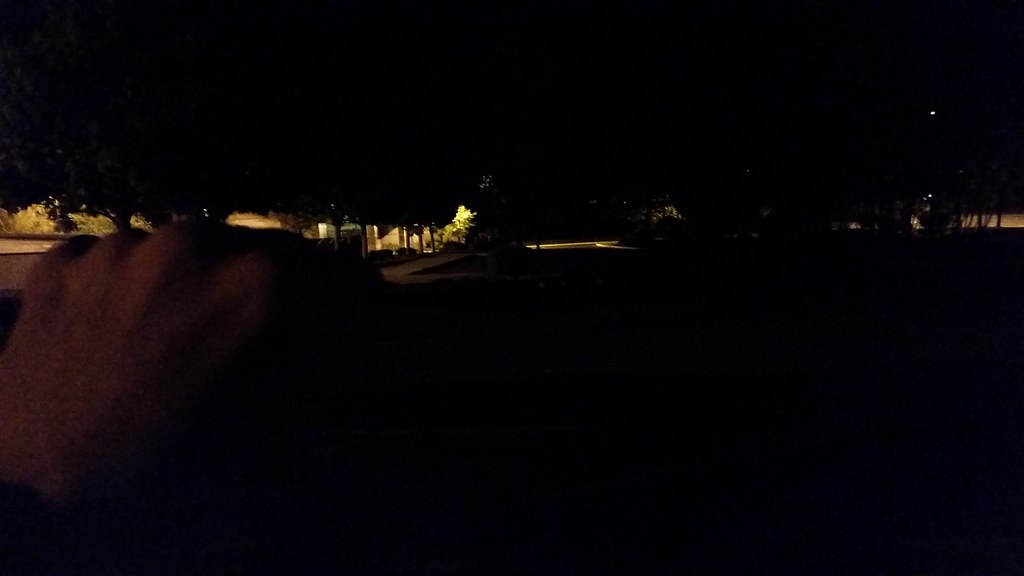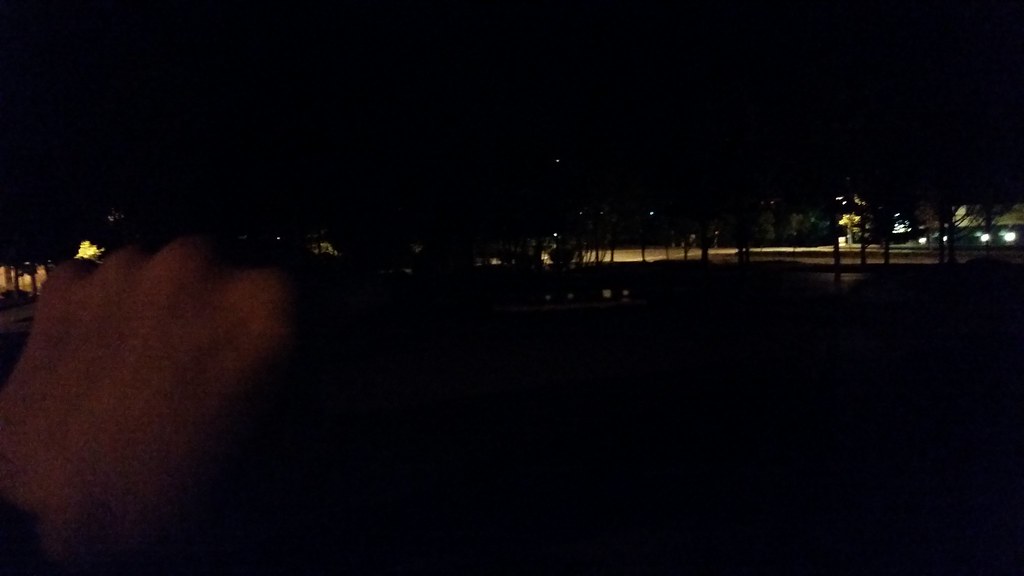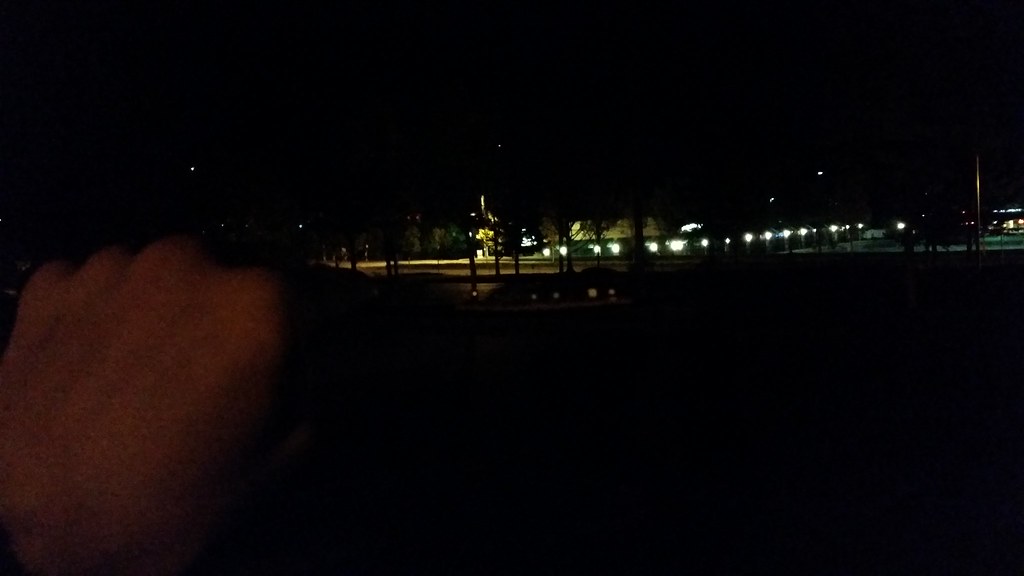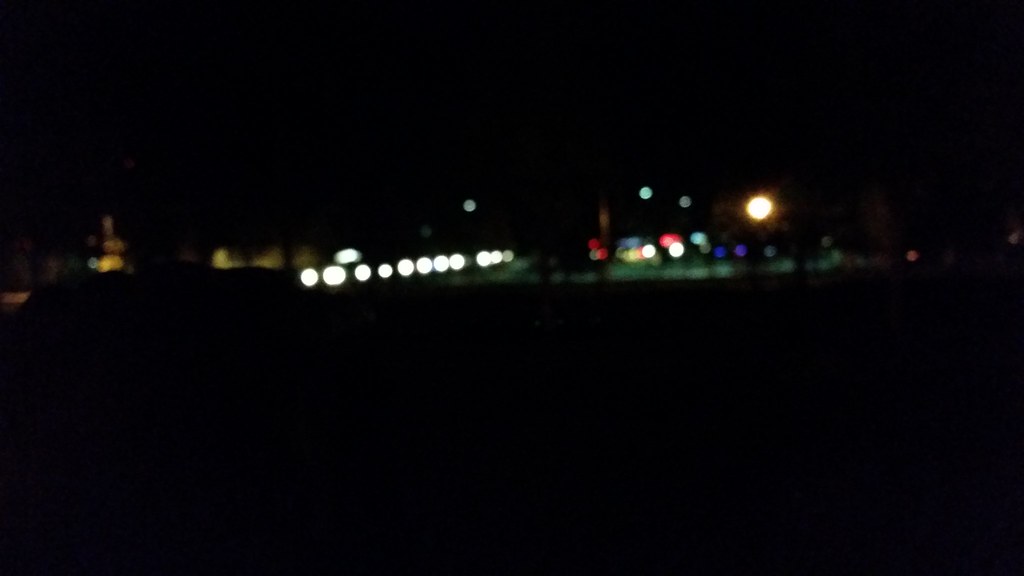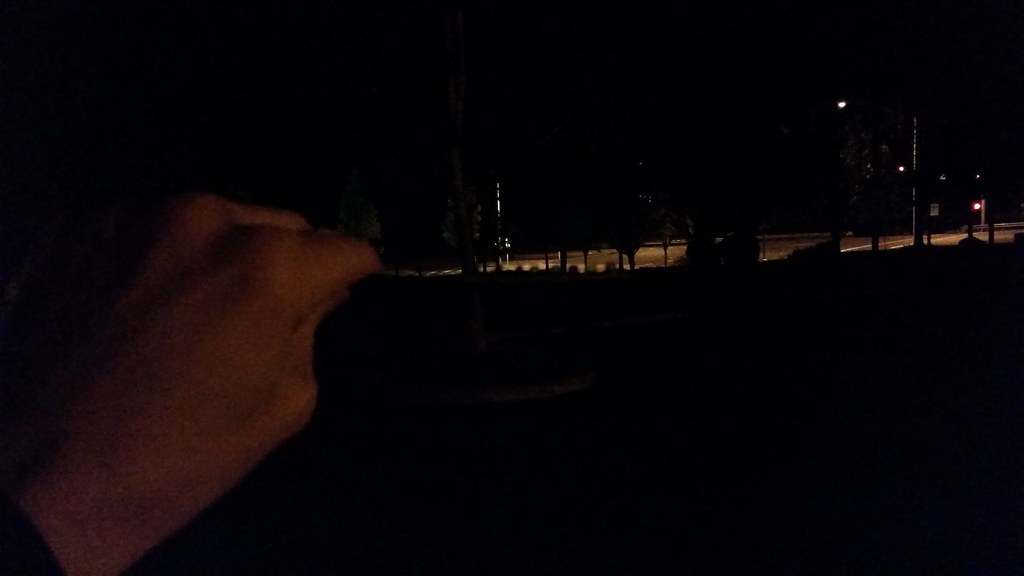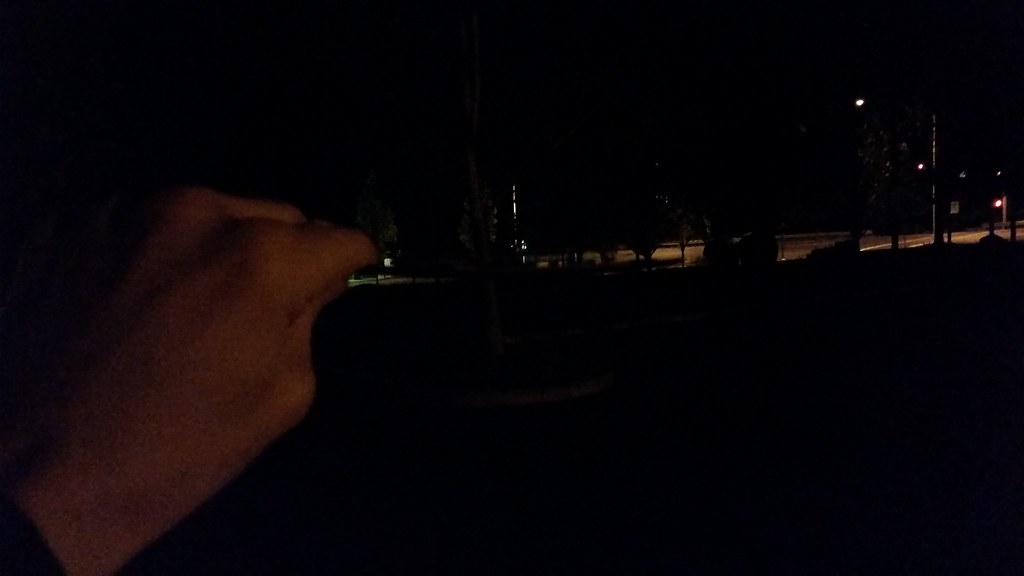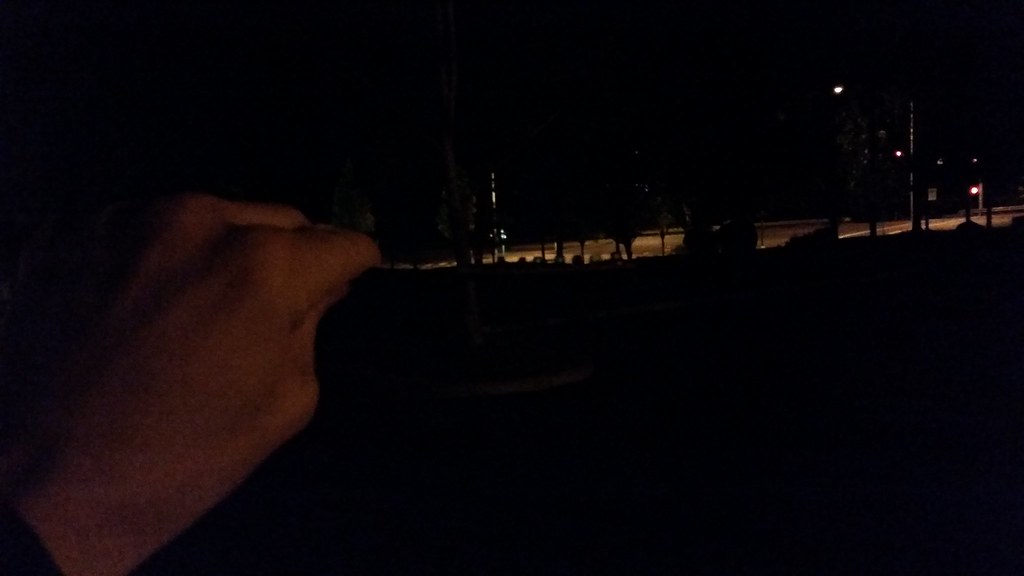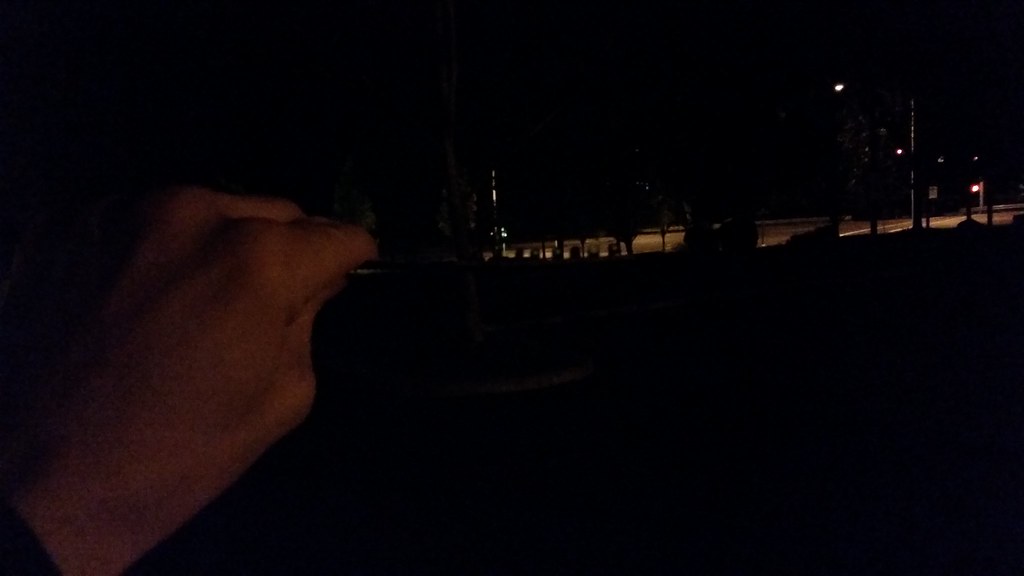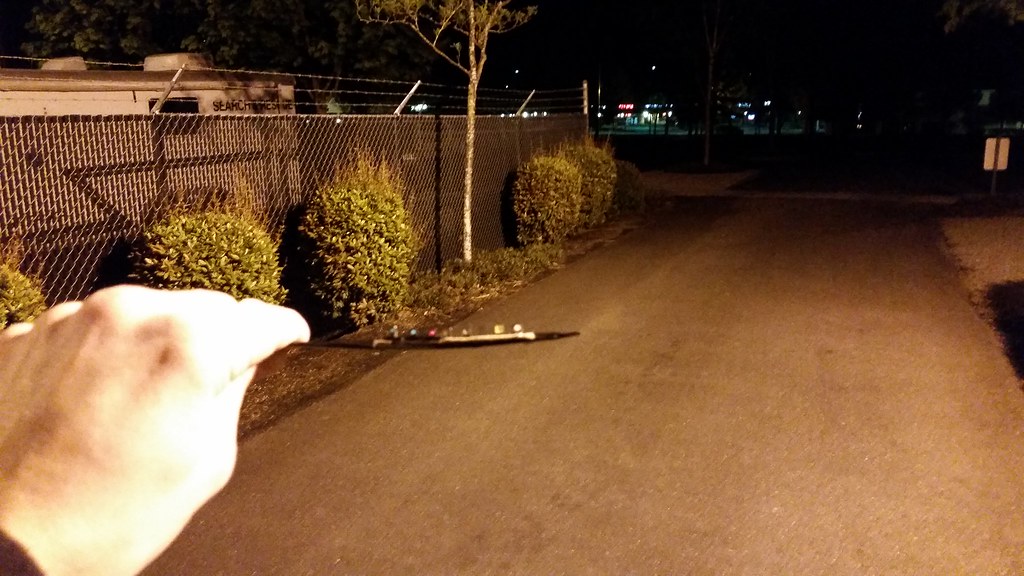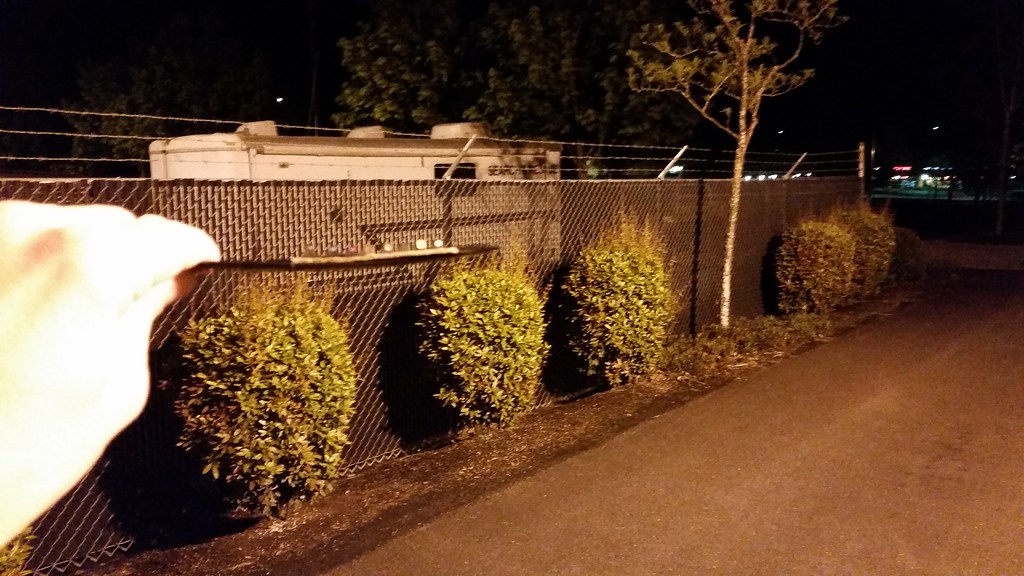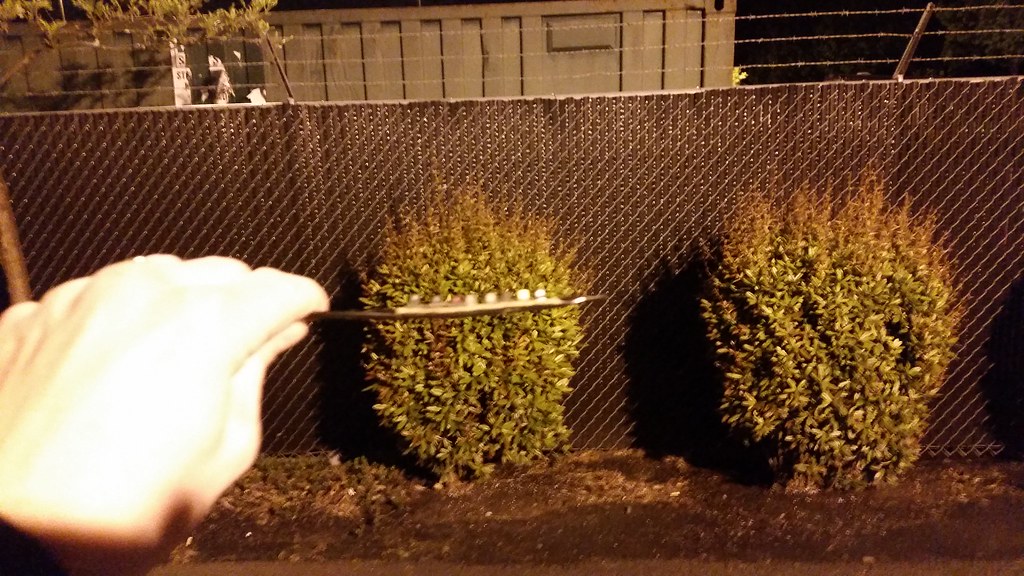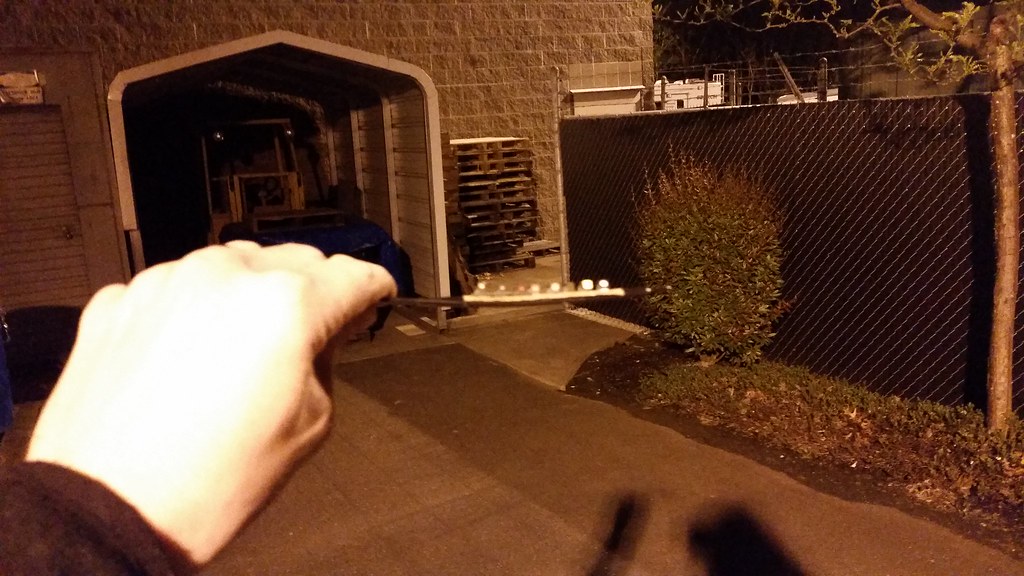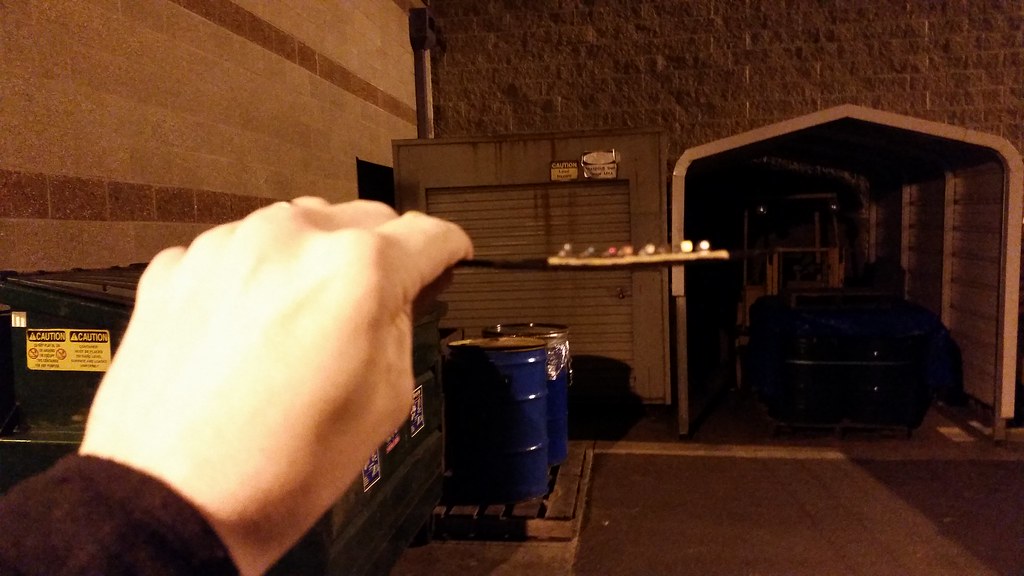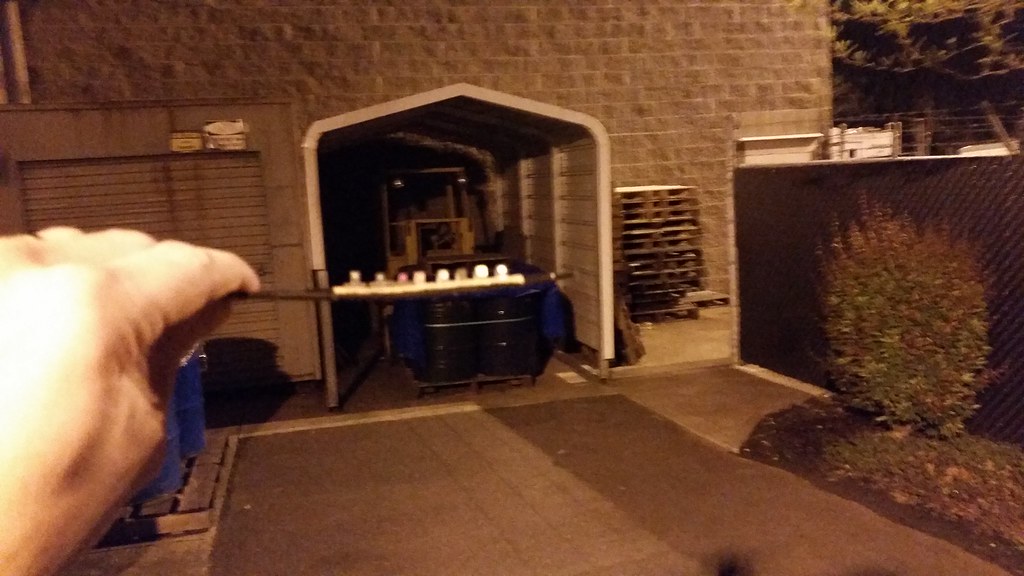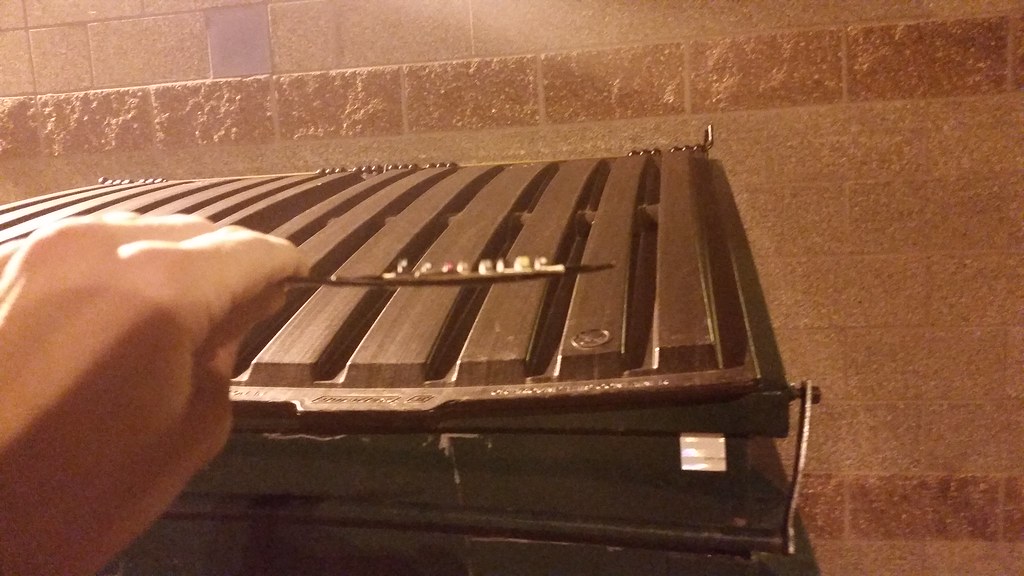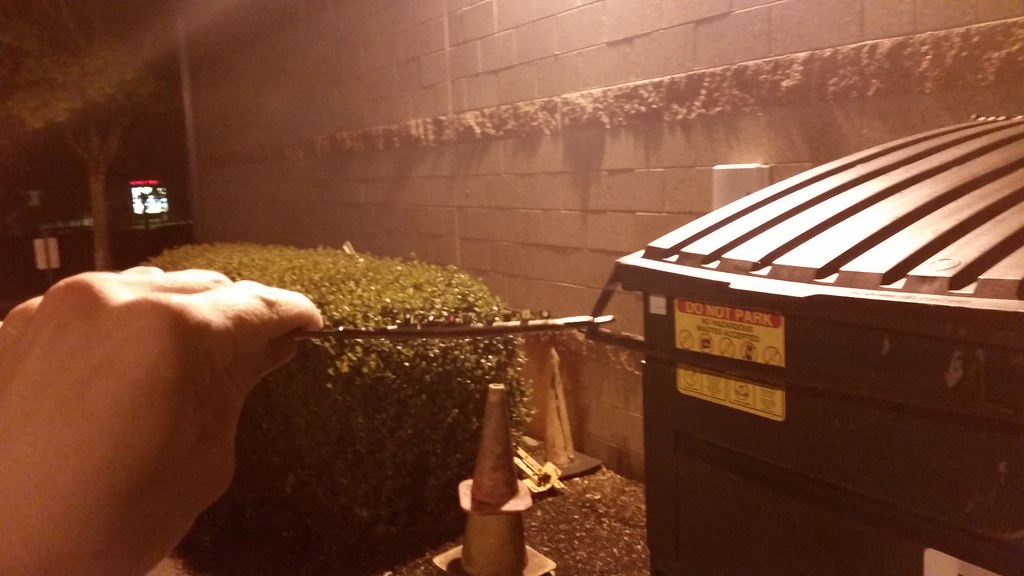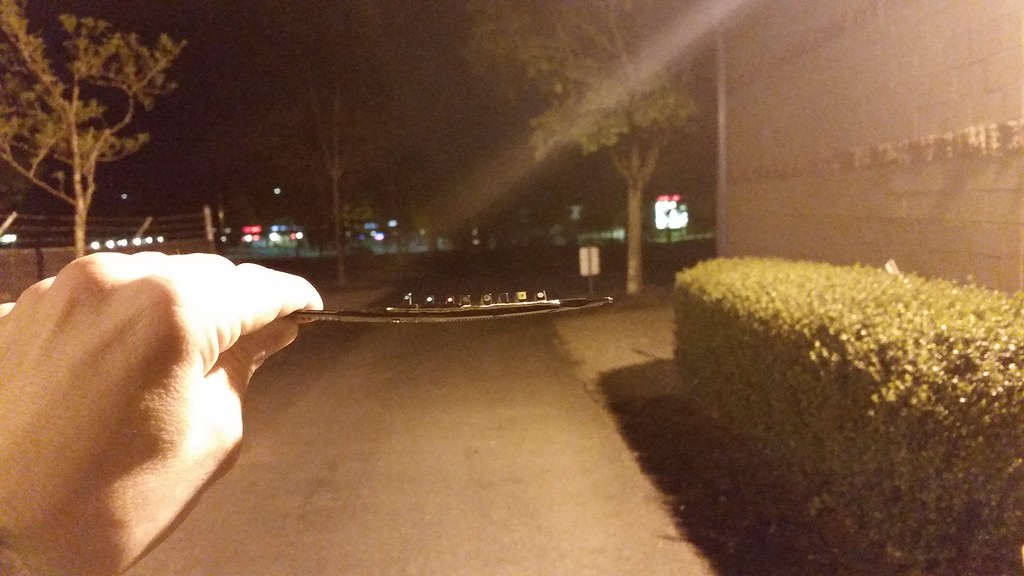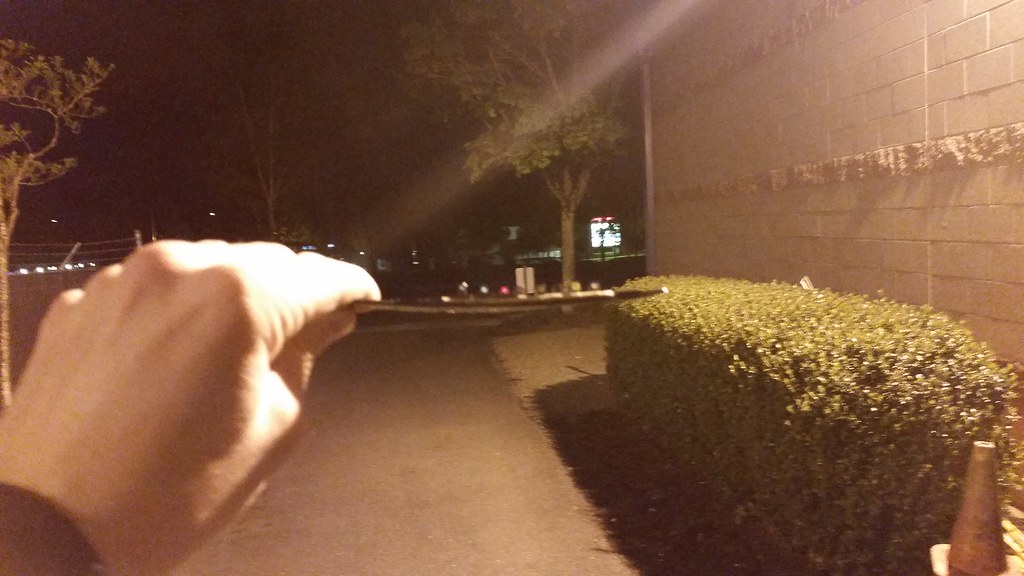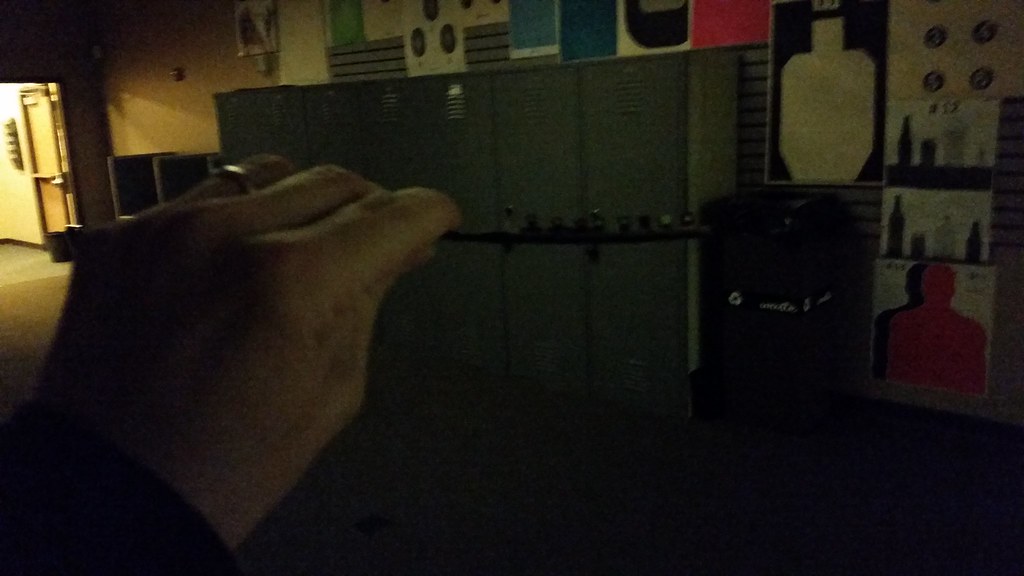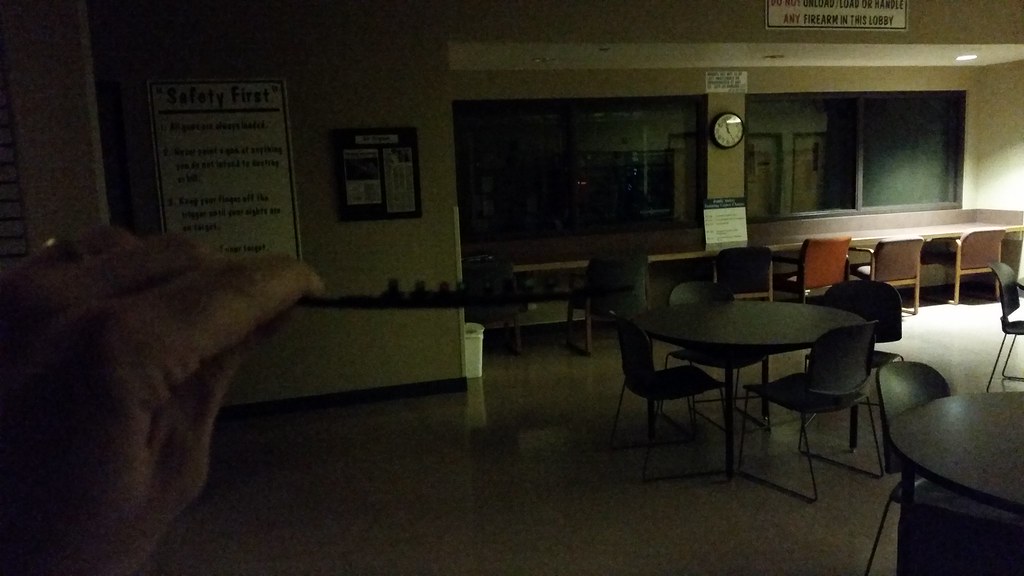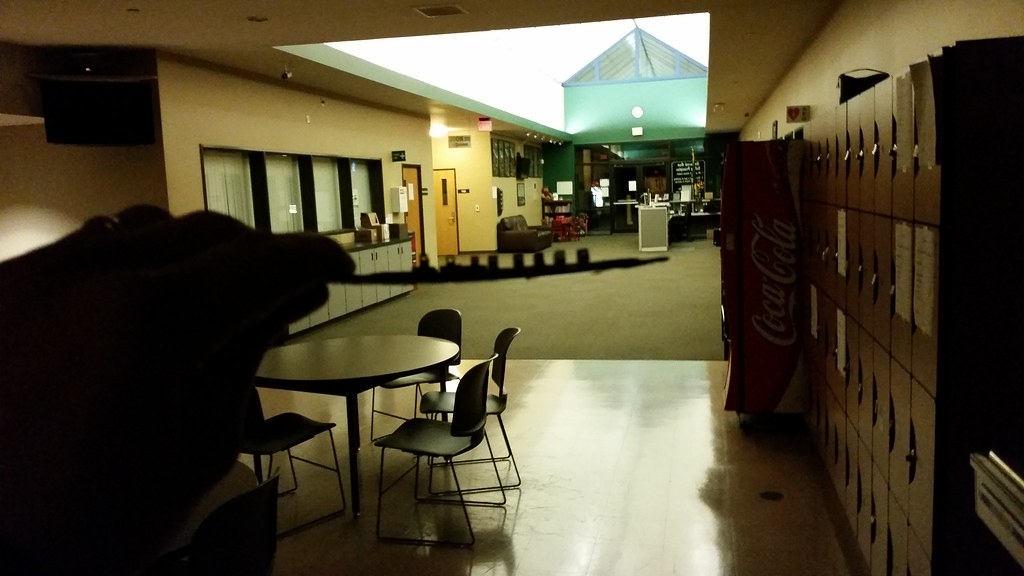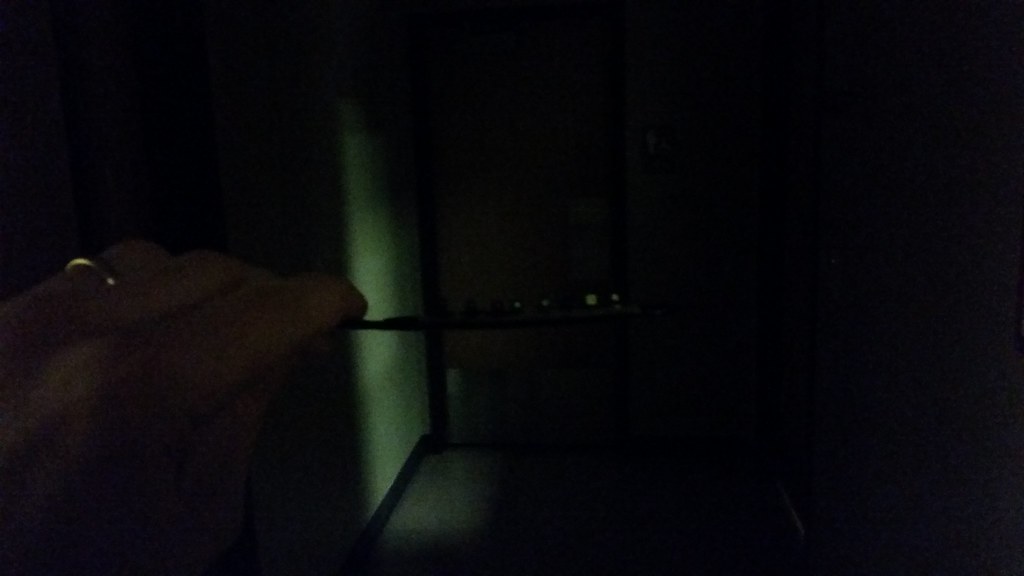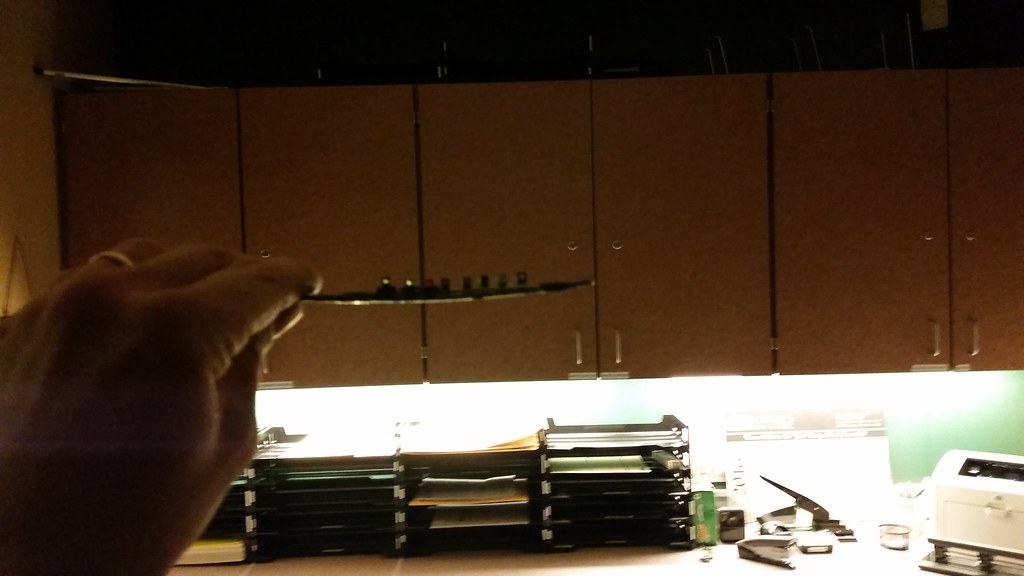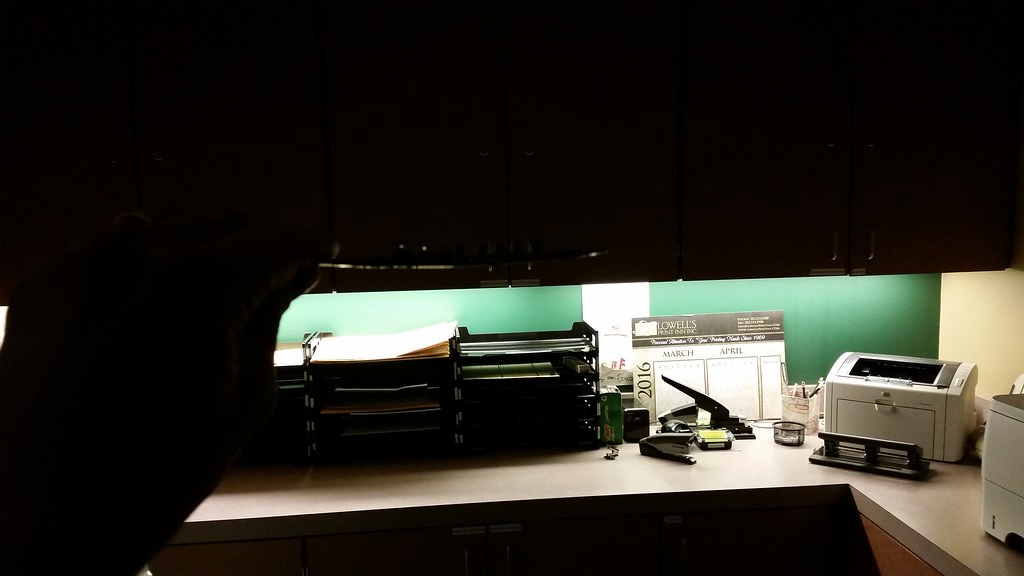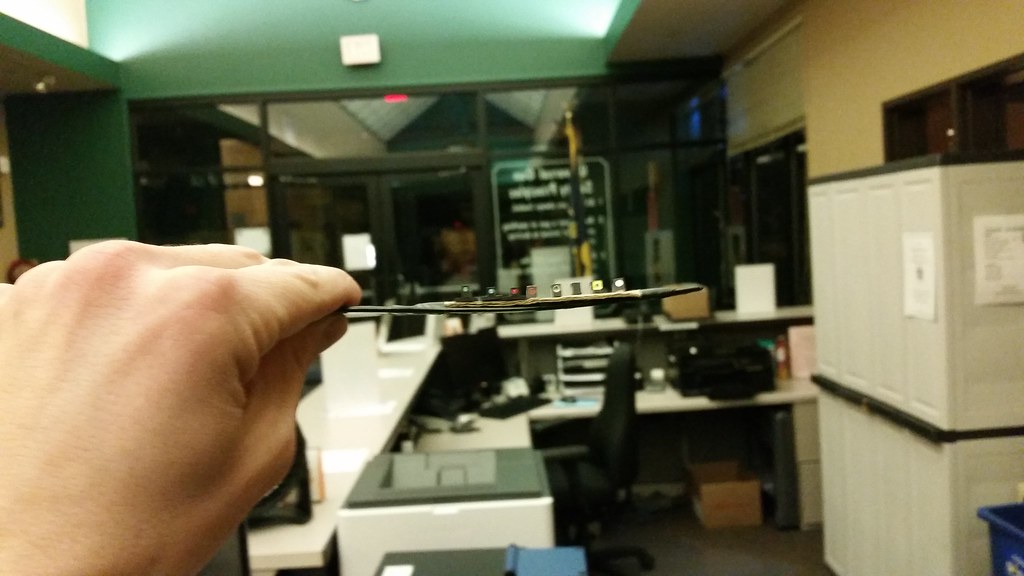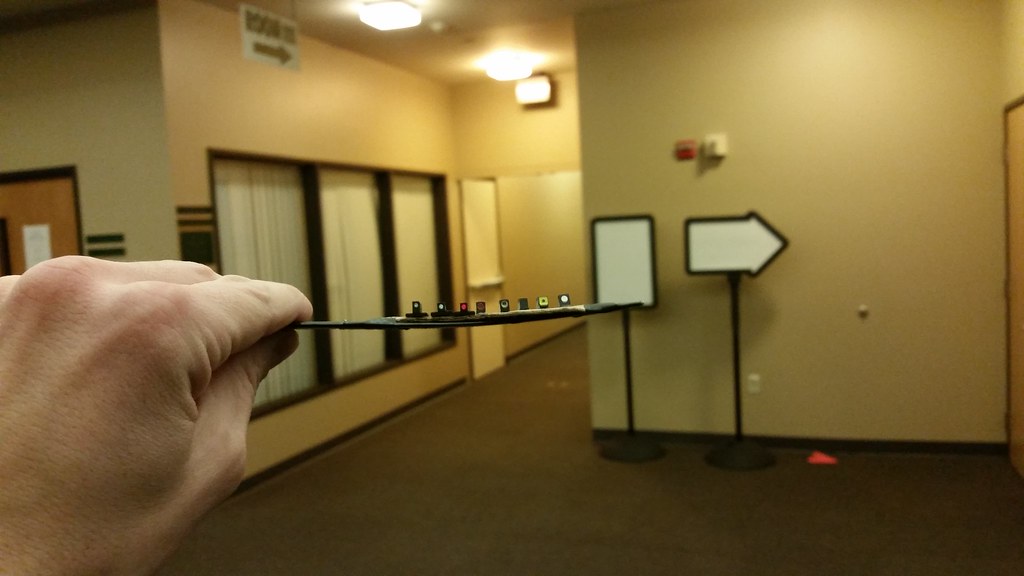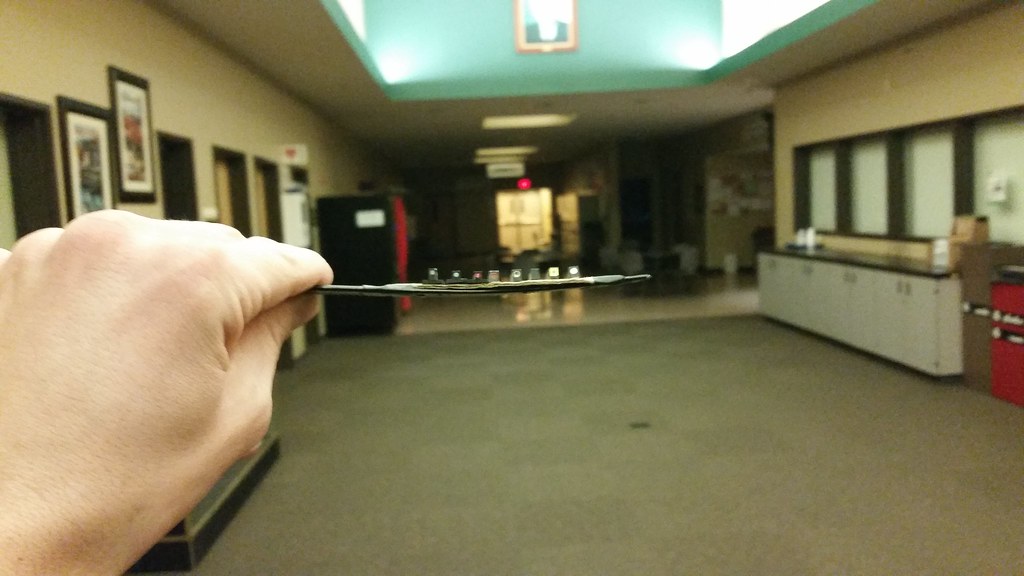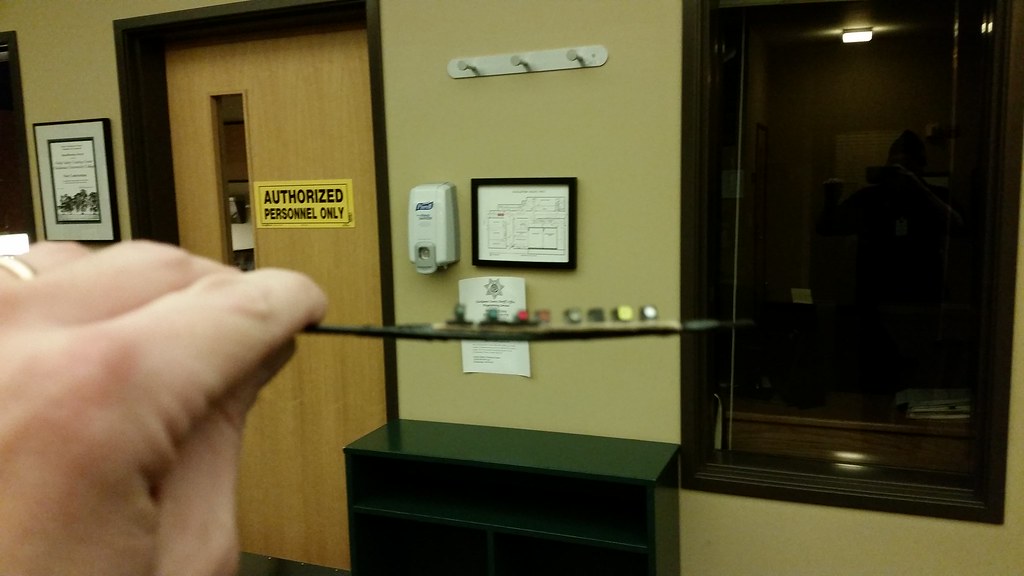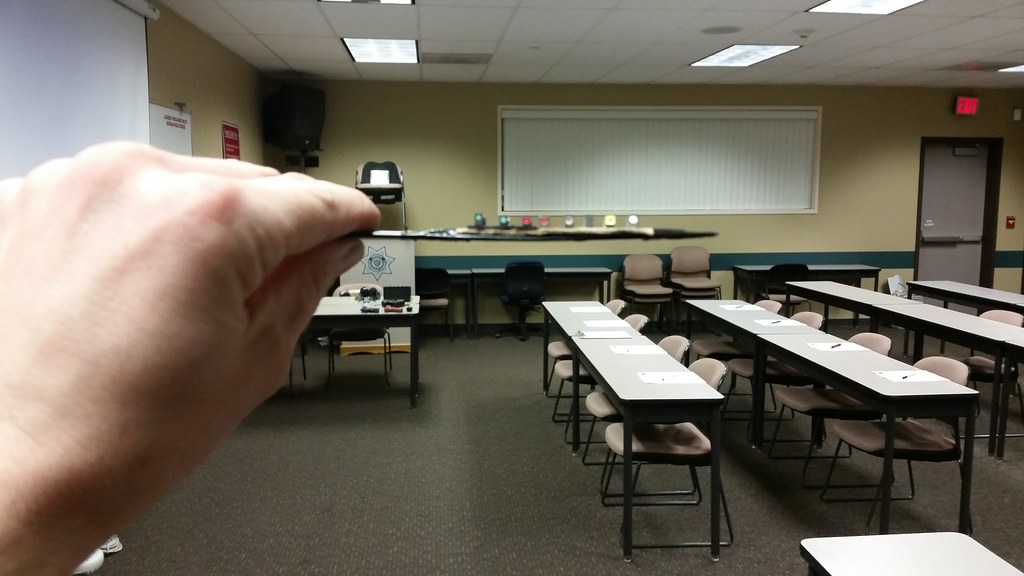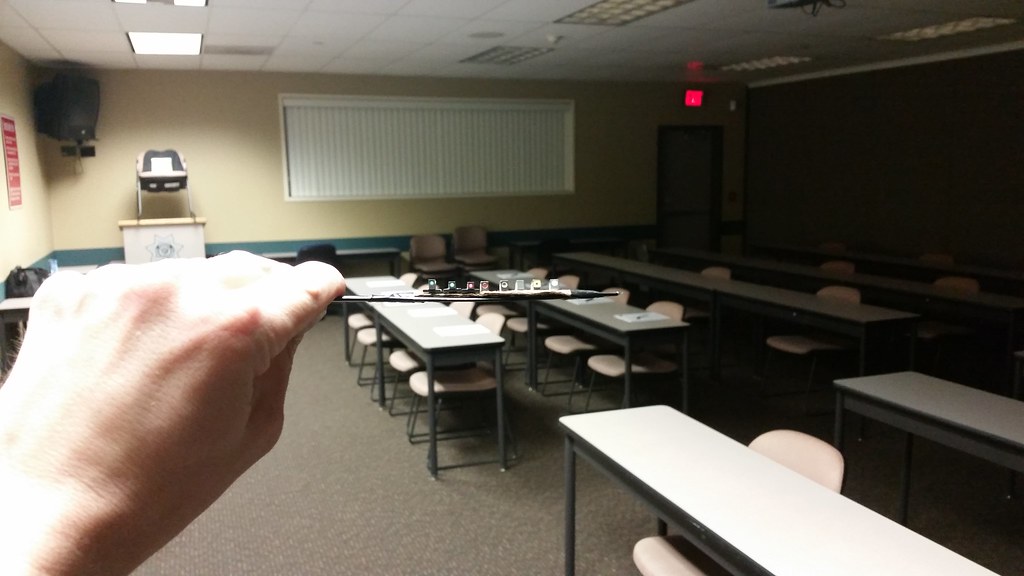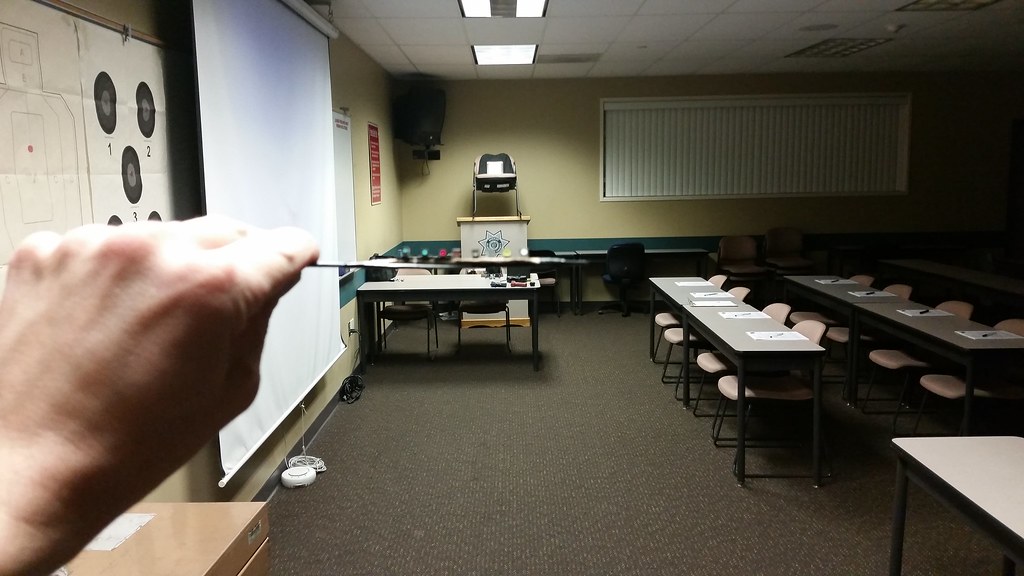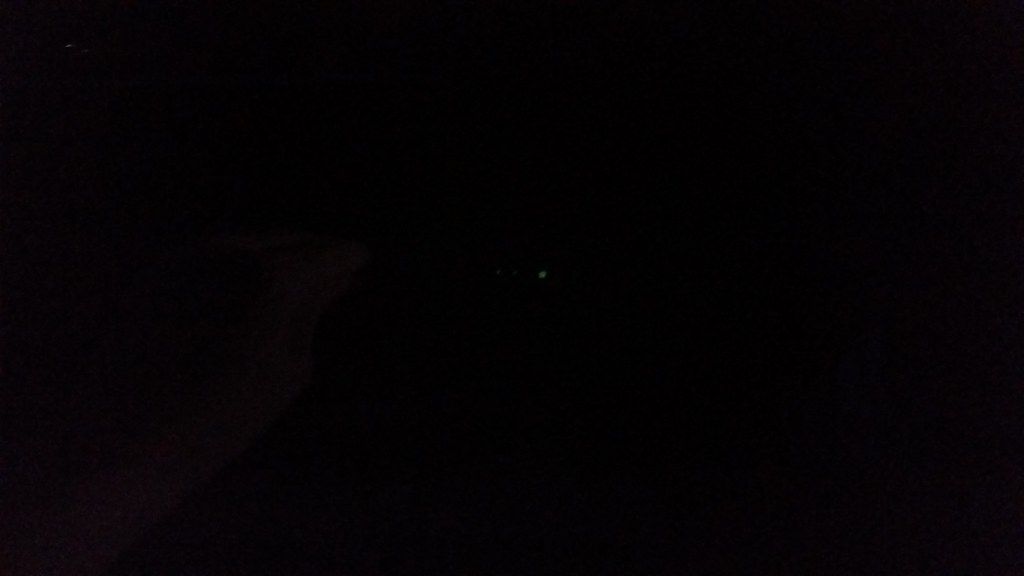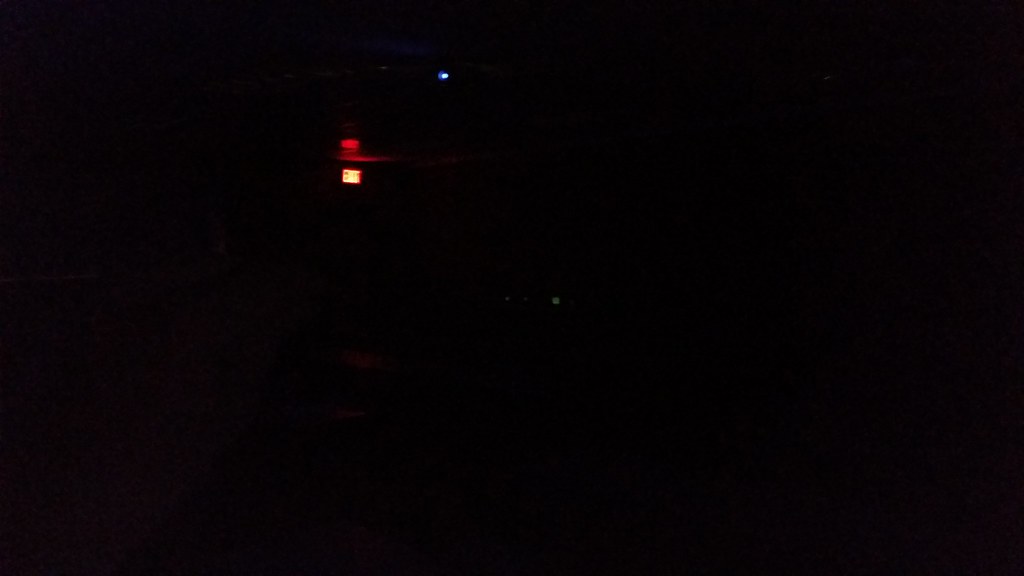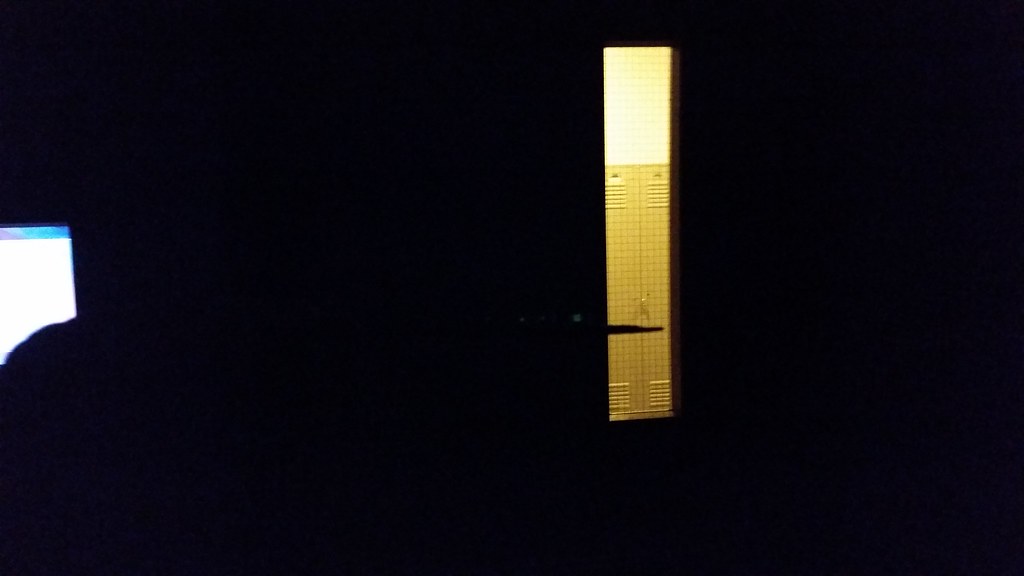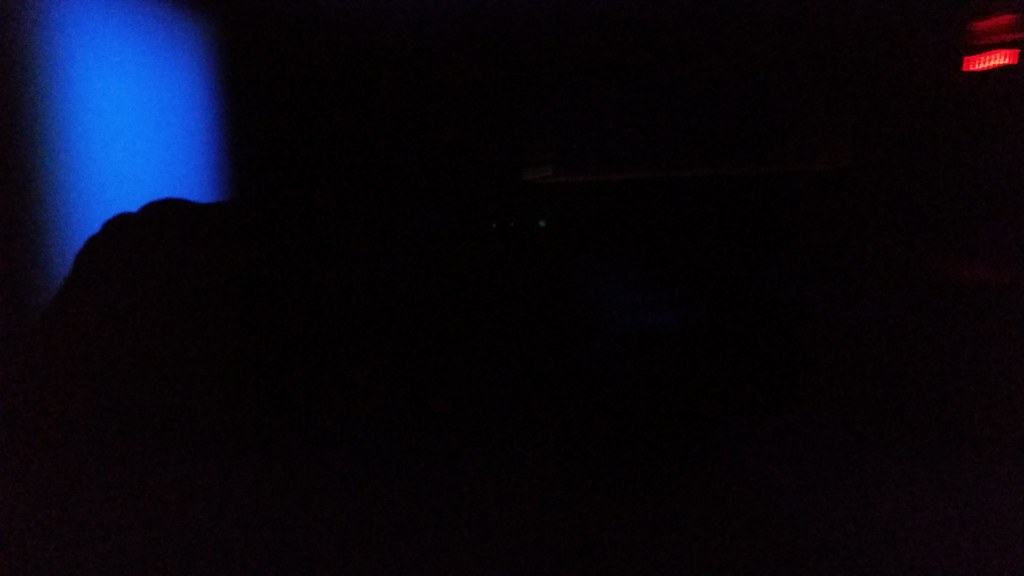
Originally Posted by
Sean M

To be perfectly honest............I don't know.
I have never had video of my performance under those conditions, so I can't say for a fact what is actually happening. I also have very few handgun encounters, so my experience in the specifc realm of iron sighted pistol is quite limited.
That said, I don't have different actions or tactics when shooting rifle, shotgun, or pistol, so I can tell you what I believe (and hope) I am doing, even if I don't have hard evidence to back it up.
I rarely use a hard sight focus for actual fighting, and prefer to use a blurred sight picture. The exception to this is when presenting to the target, I do have a tendency to find and focus on the front sight (or RDS), even if only for a split second. I don't know if this is good, bad, or indifferent, nor do I have a method to measure or prove which, if any is the answer to the question.
I generally focus on the target, while my sights (or RDS) are blurred. This allows for immediate & continuous assessment of the threat, his/her actions and reactions, and status, without being distracted by switching back and forth bewteen the sights and the threat. My opinion is I can shoot "good enough" with blurred sights at most CQB/CQC ranges(distances), and the person who is the threat is the center of my visual attention, as well as my mental focus. I do not concern myself terribly with peripheral vision for the most part. Depending on pucker factor, there can be the tunnel vision issue, which can be trained and conditioned to minimal impact, however it sometimes happens anyway. The big reason I don't concern myself with the peripheral is that I am engaging a lethal threat right now, and that is more important than anything else at that moment. The rules of Close Quarters Combat say to take your threats as they come to you. If I allow myself to be distracted by something other than the immediate danger, I am less effective and less effecient in dealing with said danger. I will deal with the next threat when I am done with the first, and I don't need the extra headache of trying to OODA more than one problem at a time. Once I have an initial assessment that the hostilities between myself and the lethal threat I have been engaged with are over, I intentionally and methodically search for my next threat using my eyes to focus on potential threats with blurred sights, my firearm matching my eyes in where it is pointed. I then return to assess the initial threat, and one more search for next threat. Assuming there is none, I then close on the initial threat, and determine his/her actual status.
This is NOT something I recommend and I would NOT do this in a self-defense/home defense situation. In a SD/HD situation it does nothing for you but place you in danger after you have gained the tactical advantage, and it is completely unnecessary. Continue to hold on the threat, wait for the police to arrive, and follow their instructions to the letter.
The process to shift visual focus from the initial threat to clearing the area, back to the initial threat, and again visually looking for the next threat takes only a split second to complete, but it does take a lot of training and a lot of practice to develop proficiency, effeciency, and ensure you are effectively seeing everything you need to see, and positively identifying/assessing threats. The good news is that this is something easily practiced, even without a gun, and just about anywhere you go.
Interestingly enough, when shooting plate racks, or other falling steel/reactive targets, where assessing the effectiveness of each round is required, I tend to hard focus on the front sight. Why? I'm not entirely sure. I hypothesize it is because subconsciouly I know I am playing a game with a plethors of targets that should fall with one hit versus very few targets, each of which are actually dangerous, and will generally require multiple rounds to remove them from the equation.
Did that make any sense? Hopefully it did, and was helpful to someone.
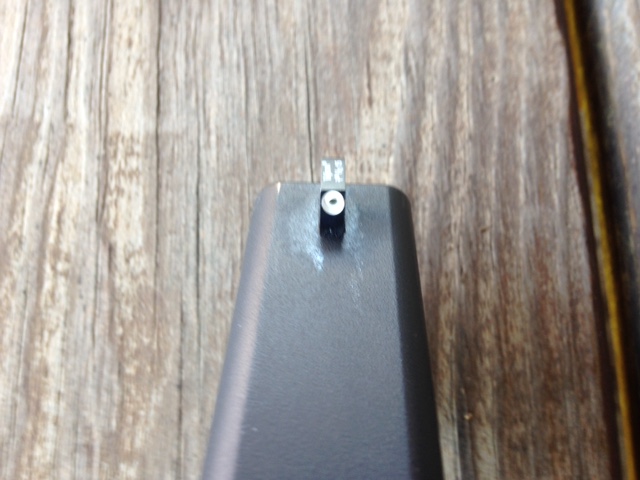





 Reply With Quote
Reply With Quote
